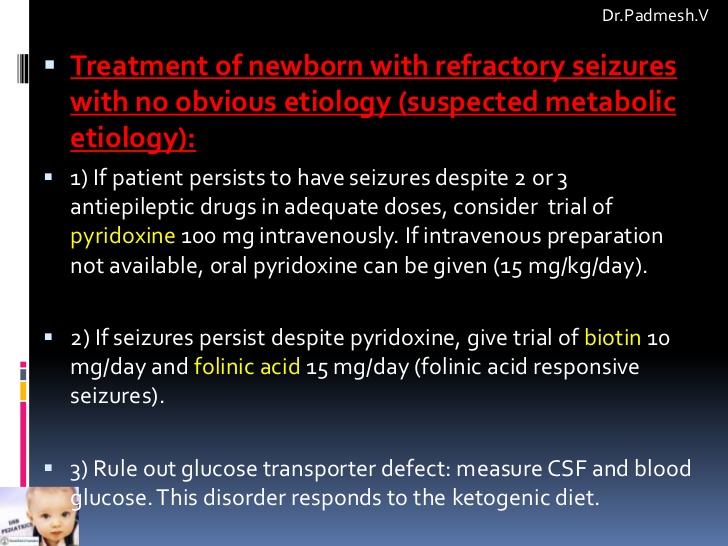


1 The current scientific statement incorporates new evidence regarding underlying pathological processes, an algorithm to ensure capture of incomplete KD during the effective window of therapy, improved management of the acute illness that includes the use of additional therapies for IVIG-refractory patients, greater use of Z scores for classifying coronary artery involvement, greater specification of long-term management based on both initial and current coronary artery involvement, and acknowledgment of the care needs of a growing population of adults with a previous history of KD and coronary artery aneurysms. In 2004, the American Heart Association (AHA) published guidelines for the diagnosis, treatment, and long-term management of KD. Invasive revascularization procedures might be required for selected patients. Medical management of such patients hinges on judicious use of thromboprophylaxis and vigilance to identify evolving stenoses. Certain subsets of patients are at risk for myocardial ischemia from coronary artery thrombosis and stenoses. The long-term prognosis is determined by the initial and current level of coronary artery involvement. Ongoing studies with additional therapies have not substantially reduced this residual risk. Timely initiation of treatment with intravenous immunoglobulin (IVIG) has reduced the incidence of coronary artery aneurysms defined from absolute luminal dimensions from 25% to ≈4%. In the absence of pathognomonic tests, the diagnosis continues to rest on the identification of principal clinical findings and the exclusion of other clinically similar entities with known causes. KD is now the most common cause of acquired heart disease in children in developed countries. When initially described, the potential for coronary artery complications was not appreciated. Kawasaki disease (KD) is an acute, self-limited febrile illness of unknown cause that predominantly affects children <5 years of age. Patients with aneurysms require life-long and uninterrupted cardiology follow-up. Risk stratification for long-term management is based primarily on maximal coronary artery luminal dimensions, normalized as Z scores, and is calibrated to both past and current involvement. Careful initial management of evolving coronary artery abnormalities is essential, necessitating an increased frequency of assessments and escalation of thromboprophylaxis. Approximately 10% to 20% of patients do not respond to initial intravenous immune globulin, and recommendations for additional therapies are provided. Although intravenous immune globulin is the mainstay of initial treatment, the role for additional primary therapy in selected patients is discussed. Prompt diagnosis is essential, and an updated algorithm defines supplemental information to be used to assist the diagnosis when classic clinical criteria are incomplete. Although the cause remains unknown, discussion sections highlight new insights into the epidemiology, genetics, pathogenesis, pathology, natural history, and long-term outcomes. To revise the previous American Heart Association guidelines, a multidisciplinary writing group of experts was convened to review and appraise available evidence and practice-based opinion, as well as to provide updated recommendations for diagnosis, treatment of the acute illness, and long-term management. Customer Service and Ordering Information.Stroke: Vascular and Interventional Neurology.

Journal of the American Heart Association (JAHA).Circ: Cardiovascular Quality & Outcomes.


 0 kommentar(er)
0 kommentar(er)
